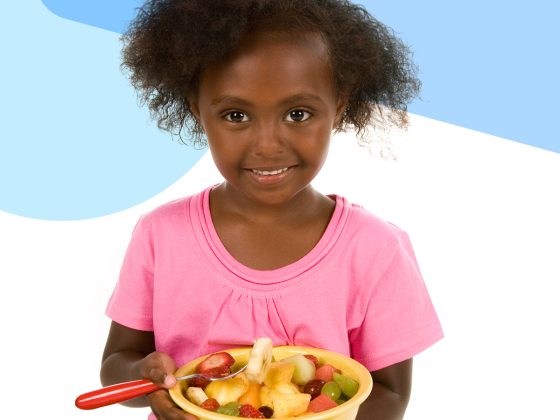
Needs vs. Wants
In hard times, we can prioritize what we need and make the best of what we have.
Children may be saying things like, “This isn’t the kind I like!” “But I want…” and “Can we get some tomorrow?” Even in more normal times, young children are still learning the difference between things we want and things we really need.
Explain: “All of us need nutritious food, water, shelter, and clothing. These are things that help our bodies grow, and keep us healthy and safe.” Then explain the things that people want: “Sometimes we want extra things, like a new toy, but those extras are not as important to buy as the things we need. It’s okay if we don’t have everything we want, sometimes we just can’t have those things.”
Prioritize Needs
The next time children are struggling with not having exactly what they want, you can assure them: “We may not have everything we want right now, but I’m working to get us everything we need the most. We have to decide what things are most important.”
Gratitude
It also helps to feel gratitude for the things we do have. You might post a sheet of paper on the refrigerator or near your child’s bed. Write “We’re Grateful For…” at the top, and write something on the list every night (such as video chatting with grandma, hot baths, family game night, playing outside for a little while, petting the dog). All family members can keep adding to it even if children have a hard time thinking of anything that day. Younger children might draw a picture of what they’re grateful for.
When food is the issue, consider these ideas:
- Make a grocery list together and talk about why you are choosing one item rather than another.
- Explain that we need to make the best of what we have and we all have to be more flexible (being okay with changes or surprises). Point out how Abby wanted a banana-blueberry smoothie instead of a strawberry one, but because they only had strawberries, she felt grateful for the substitution.
- Try to make those substitutions and changes more special. For instance, children may want milk in the morning. You may be out of milk, but you may have oranges—so you can offer a glass of water with a few orange slices in it and begin calling it “sunshine water.”
- If you won’t have new food coming into your home soon or if you’re awaiting a trip to the pantry, grocery store, or home delivery that’s far off, or you are going to the store infrequently, make a calendar of that timeframe and post it on the refrigerator. Show children how they can count and cross off the days until children might be able to have some of the special things they want. They can draw a picture of those items on the calendar (of course, those items still may not be available).
- Let children make simple choices throughout the day so they feel a sense of control. For instance, prepare meals together and ask them to choose which color mixing bowl to use.
You can also talk about needs and wants by writing each word on a slip of paper and, together, sort them into piles of “needs” and “wants” (keep in mind that needs and wants will change over time for everyone in the family). Point out that some of the needs (such as healthy food and shelter) are more important than others. Which do children think are most important? You can also create a game by decorating two boxes, cutting pictures from magazines, and deciding which box they belong in. You might include:
NEEDS
- healthy “anytime” food (such as vegetables, fruit, whole grains, and protein)
- toiletries (toilet paper, toothpaste)
- water
- a safe place to live
- to be able to move around
- sleep
- eyeglasses (if we need them to see)
- blankets
- paper and something to write with
- phone
- garbage service
- electricity
- clean clothes
- friends
- love
- special time with family
- ways to cook food (stove/oven/microwave)
WANTS
- eating in restaurants
- going to stores
- going to parties outside of our home
- visiting friends and family in person
- going to other people’s homes
- “sometime” foods (like cookies, candy, potato chips, soda, and other foods high in sugar, fat, and salt)
- toys
- jewelry
- playing on a playground
- new video game or screen time

Creating Safety and a Sense of Home
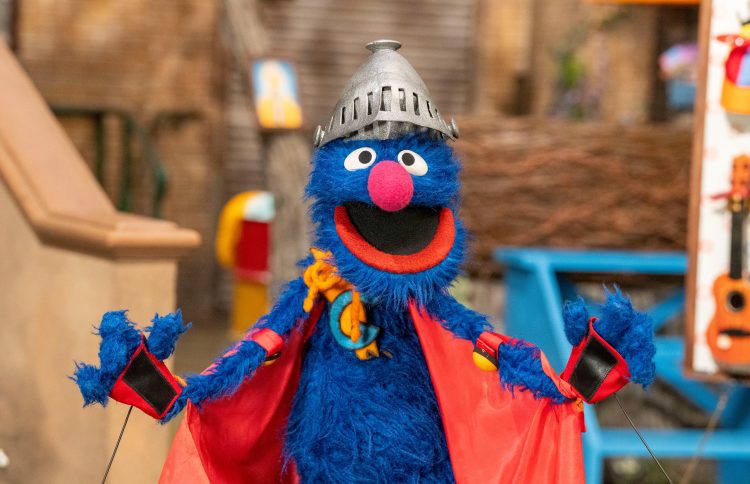
Watch and Play: Grover's Super Suitycase
Watch this episode and explore ways to extend the learning at home.
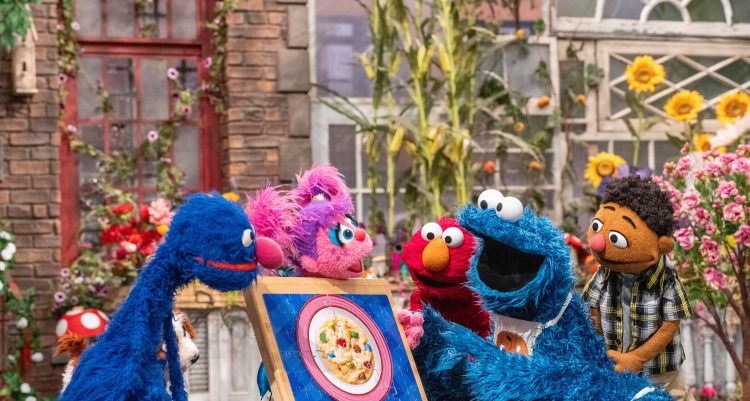
Watch and Play: Cookie Monster's Big Puzzle
Watch this episode and explore ways to extend the learning at home.
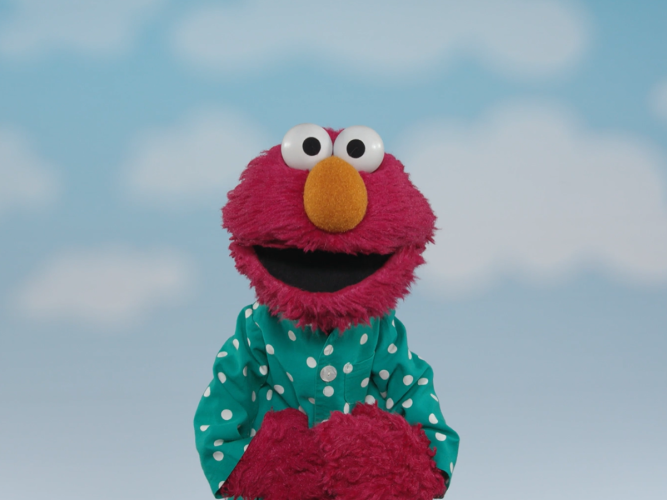
Listen, Feel, and See with Elmo
When children are in the hospital, this mindfulness game can help them soothe themselves.
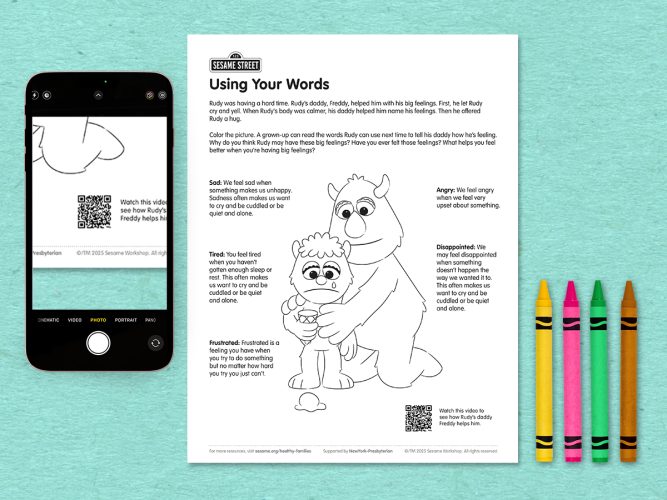
Using Your Words
A coloring page helping children explore words for big feelings.

Cookie Monster’s Beach Day
When children are in the hospital, their imagination can become a valuable tool in soothing themselves.
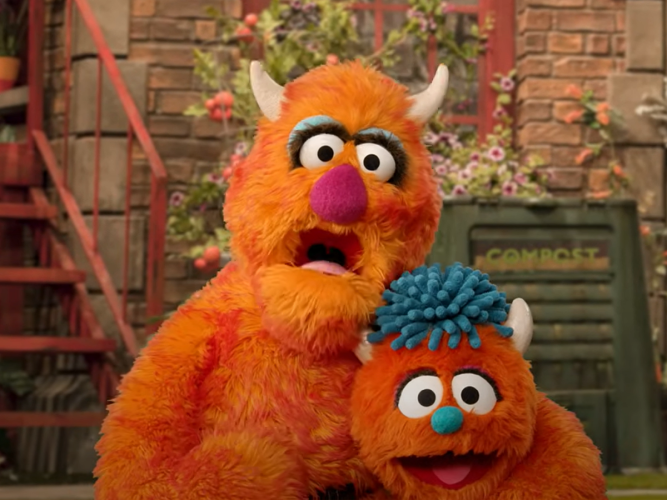
Monster Meltdown
Meltdowns happen… but they are somewhat predictable! As you try to handle them, curiosity and patience go a long way.
